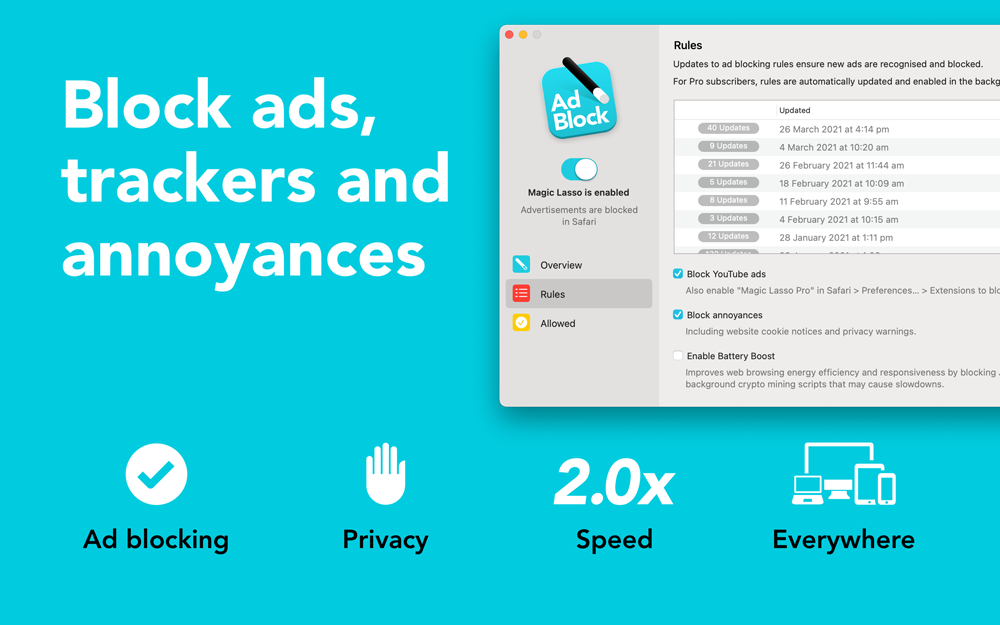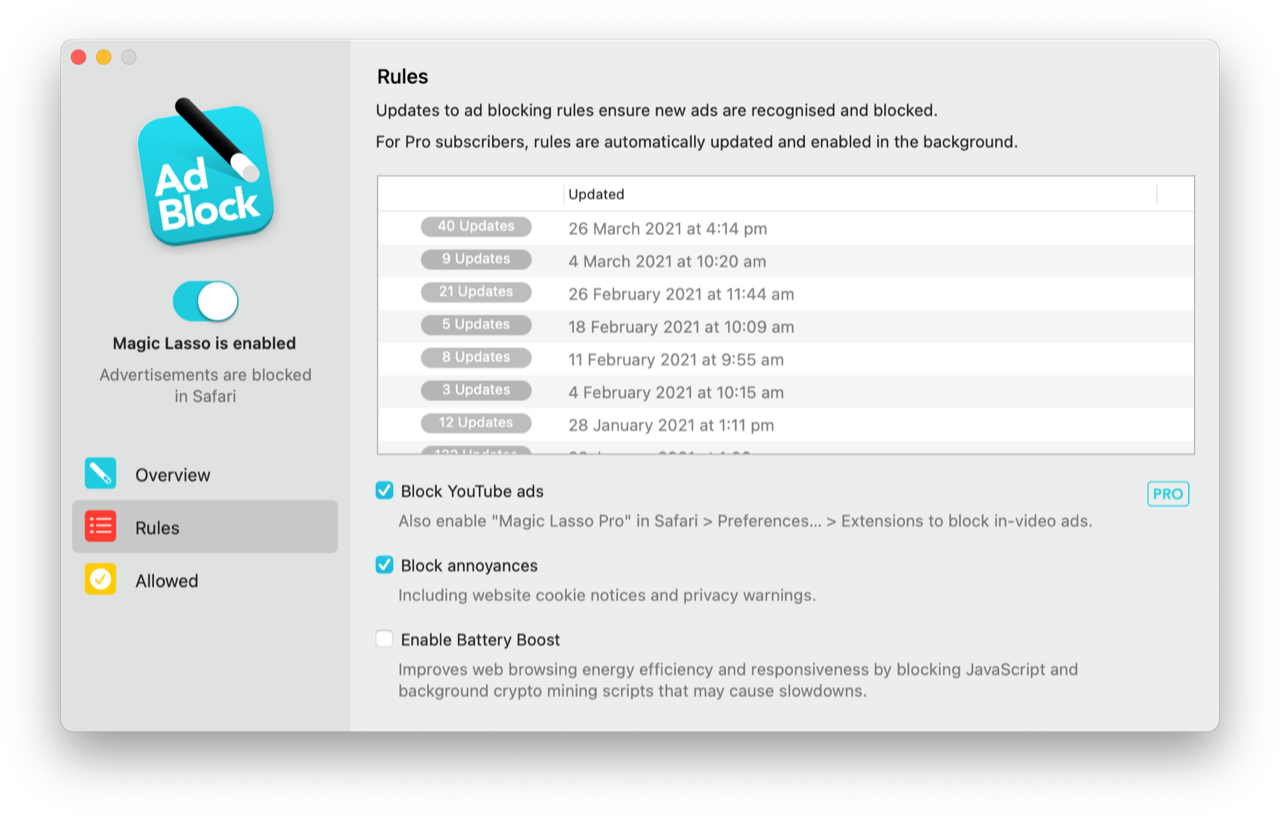Emily Badger, Ben Blatt, and Josh Katz, New York Times (via Clive Thompson):1
Sometime around 2009, American roads started to become deadlier for pedestrians, particularly at night. Fatalities have risen ever since, reversing the effects of decades of safety improvements. And it’s not clear why.
What’s even more perplexing: Nothing resembling this pattern has occurred in other comparably wealthy countries. In places like Canada and Australia, a much lower share of pedestrian fatalities occurs at night, and those fatalities — rarer in number — have generally been declining, not rising.
This is a fascinating article precisely because of this second quoted paragraph. It has become commonplace to blame increased pedestrian deaths on the growing presence of massive trucks and SUVs, but I am skeptical of that reasoning.
The Times article does not really get into this, but the Canadian and U.S. auto markets are pretty similar, with basically the same vehicles for sale, the same trend of trucks replacing cars, and the same overwhelming preference for vehicles with automatic transmissions instead of those with a clutch pedal. Canadians do drive less than Americans — an average of 15,366 kilometres per year compared to 21,687 kilometres per year in the U.S. — though the latest data I can find for Canada is from 2009. It is rather bizarre to me that the Times ignores such a close comparison after acknowledging it exists, instead choosing to treat the U.S. data in isolation for much of the rest of the article.
We also seem to do the same selfish and shameful things when we drive, though this is where I get a little out of my wheelhouse. Here is what I can find: U.S. drivers get arrested more often for driving under the influence: around 312 times per 100,000 people.2 The rate in Canada is lower, at 228 per 100,000, but it is not like assholes do not drink and drive here. We also legalized marijuana nationally in 2018, but trying to reliably measure drug impairment is considerably more difficult, resulting in a controversial criminal code change.
Plenty of people also use their phones while driving. I question the reliability of these reports; the Times cites a report from Cambridge Mobile Telematics, a company which produces an “AI-driven platform” for safer driving that “gathers sensor data from millions of IoT devices — including smartphones, proprietary Tags, connected vehicles, dashcams, and third-party devices — and fuses them with contextual data to create a unified view of vehicle and driver behavior”. I have only a vague sense of what that means, and I am not sure I can trust its precise-sounding finding of 2 minutes and 11 seconds per hour of driving time in the U.S. compared to a U.K. average of just 44 seconds.
I cannot trust the self-reported data of surveys conducted by Travelers Insurance, but if it is even remotely close to accurate, it suggests one reason why there is such a divergence. In the United States, 57% of survey respondents admitted to using a handheld device while driving, compared to just 17% in Canada. There is a similar split in people who read texts or emails — 57% in the U.S. and 21% in Canada — and in phone calls: 80% in the U.S. compared to 48% in Canada. Again, I do not think it is worth reading too much into this or any distracted driving statistic because it is obviously hard to accurately measure what drivers do when they are alone behind the wheel.
National collision data may be more reliable. In the U.S., the NHTSA says (PDF) around 8% of fatal collisions in 2021 were “distraction-affected’. According to Transport Canada, distraction was a “contributing factor” in an estimated 19.7% of fatal collisions the same year. These seem to me that they are reporting the same thing but they are so different I am not sure they are comparable. I was going to remove this section because I do not know how to reconcile these numbers, but then I would be left with only that dumb self-reported Travelers survey.
As I noted, the above few paragraphs are out of my lane of expertise. Call this more of a working-it-out-in-public post than an authoritative perspective, because this specific divergence of the safety of pedestrians in Canada and the U.S. — on roads which, as discussed, are fairly similar — is something which has haunted me since I wrote about it in July. I kept seeing articles blaming increasing vehicle size for pedestrian deaths, and it made sense to me: the top of the hood of a stock Chevrolet Silverado is very nearly the same height as the roof of a Volkswagen Golf like the one we have. I am most often a pedestrian and cyclist, and it can be terrifying to cross in front of these massive trucks, even though I am fairly tall. I fully bought this premise in part because I do think trucks and SUVs should have a legislated maximum size, and that most people should really just buy a hatchback or station wagon. I have heard all the excuses for why people in Canada need to daily drive a large vehicle, and they all fall flat. Other countries have dry-wallers and plumbers and larger families and camping holidays, and they all get by without needing to go everywhere in an apartment building on alloy rims.
The proliferation of these massive cars makes life worse for everyone else on the road who does not have one. At night, the headlights of oncoming traffic are pointed at my eye line, which means my eyes compensate and make it impossible to see the dark road ahead. When I am entering an intersection with an SUV parked on either side on the perpendicular road, I cannot see oncoming traffic until I nearly pull into its path. When I drive down the narrow-for-Calgary streets in my area, it is an increasingly tight squeeze when most other cars are massive and their drivers often less confident.
But all of these issues are shared between Canada and the U.S. — and only one of those countries is seeing soaring pedestrian death rates. The Times says this is happening particularly often at night, but we also have night, and commuting, and Daylight Saving Time.
In related news, Apple still says its new and more immersive version of CarPlay will appear in vehicle announcements in “late 2023” which, if I am not mistaken, is approximately now. It still worries me that drivers will soon be surrounded by screens with more information, more open apps, and more to be distracted by. A driver does not need to simultaneously see, as Apple illustrates, the current weather, international clocks, a list of smart home devices, a calendar, and the current song while doing 72 kilometres (45 miles) per hour. They need to look at and around the road — not drunk, not high, not using their phone, and not speeding — and recognize the responsibility of guiding a multi-tonne automobile on roads alongside other people who may not be enrobed in metal.
I know this is a very boring public service announcement but, in fairness, I do not want to die on the grille of a Chevrolet. It is unfortunate that so much else is more exciting than driving, yet someone who is unable to focus cannot instead do their daily tasks in many Canadian and American cities using public transit.

